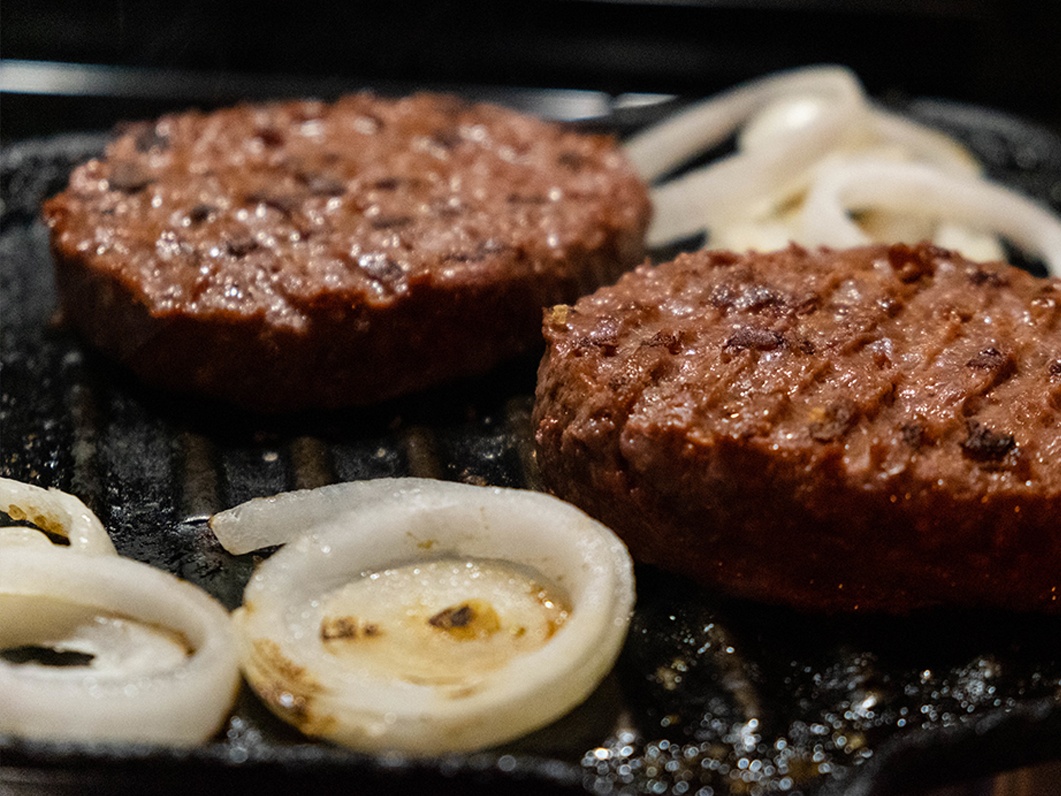Because of their year-round availability and full-menu applications, we all know onions are a kitchen staple in every season. But now, with summer officially kicking off this long weekend, backyard and tailgate cooking is about to go full-tilt, and onions should see the uptick in demand.
Statistically, fresh onions have been on a mostly upward path in consumption, increasing since year 2000 from 18.9 pounds per person to an all-time high of 25.1 pounds in 2017, according to April 2019 numbers released by statista.com. Last year’s per capita consumption was 20.4 pound, which has dipped but provides a big incentive to increase that number for the industry.
Figures vary slightly from source to source, but according to info at https://www.reportlinker.com/data/indicator/563617, from 1969 to 2016 the consumption saw a pretty darn significant bump of 86.37 percent, up from 11.3 pounds per person each year to 23.4 pounds in 2003 and then a bit of a seesaw until that study ended with 21.11 pounds in 2016.
New varieties coming onto the scene over the past several years, along with studies that show different colors in foods provide different nutritional value, also factor into demand to some degree.
For instance, a study published in the Journal of Agricultural and Food Chemistry, with the abstract viewable at https://www.researchgate.net/publication/5848433_Onions_A_Source_of_Unique_Dietary_Flavonoids, explains how the colors of onion cultivars might contribute to one’s diet. Anthocyanins are found in red and purple foods, including red onions, and are believed to be anti-inflammatory. And all onions are considered sources of quercetin flavonoids, which have been shown to provide a variety of health benefits.
Each year more is being learned about the healthy side of onions, and health-conscious Millennials as well as aging Boomers continue to look for ways to maximize good health through diet. At the same time, the onion’s versatility continues to be stretched through culinary adventures.
So whether it’s what Dad is flipping on the grill or a chef’s new dish being rolled out in the foodservice arena, onions should be playing a major role.
Of course we’re always eager to talk up the health benefits of onions, and we really liked the Weather Channel’s foray into summer dining with this recent post at https://weather.com/en-IN/india/health/news/2019-05-16-summer-diet-the-best-and-worst-foods-to-consume-this-season.
In “Summer Diet: The Best and Worst Foods to Consume this Season” written by Ritika Tiwari, the five very best foods to eat during warm weather months includes onions. Keep in mind this story originated in India, where climatic conditions might be a bit different from, say, Lansing.
The list starts off with watermelon, then goes to coconut water and then to onions, wrapping up with tomatoes. Dietician and nutritionist Akansha Jhalani Sinha is the source of statistical and dietary info in the story, and about onions the expert says, “People think the idea of onions providing heat-fighting benefits is an old wives’ tale, but onions do have nutritional benefits that may help you beat the heat.”
It continues, “Red onion, which is abundantly found in India, possess quercetin that helps fight diseases and boost immunity. Its natural histamine and volatile oils can protect you from the heat as well.” In addition, the story notes, “Consuming onions daily can help you avoid heat strokes and sunburns and onion juice is one of the quickest Ayurvedic remedies to treat a heat stroke.”
Beat the heat with what you eat, eh? Here’s to a great summer.


